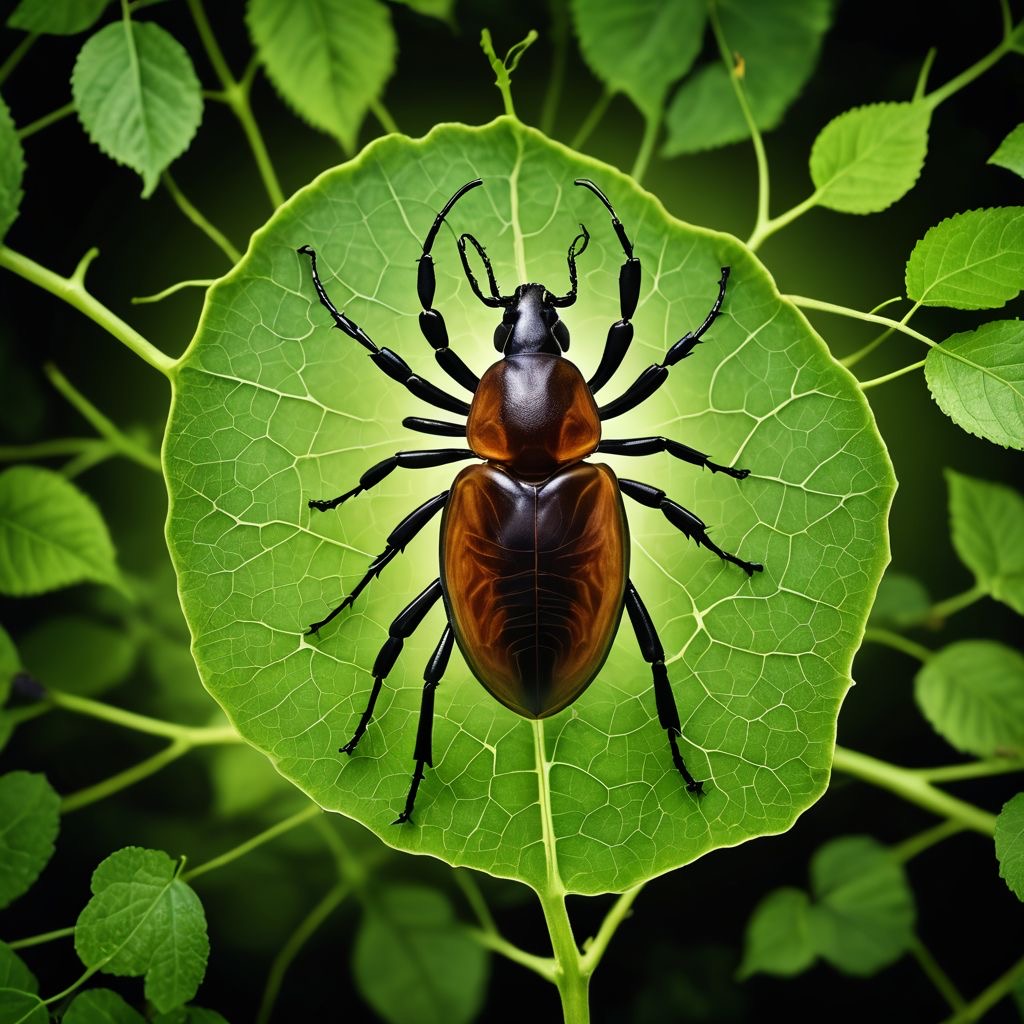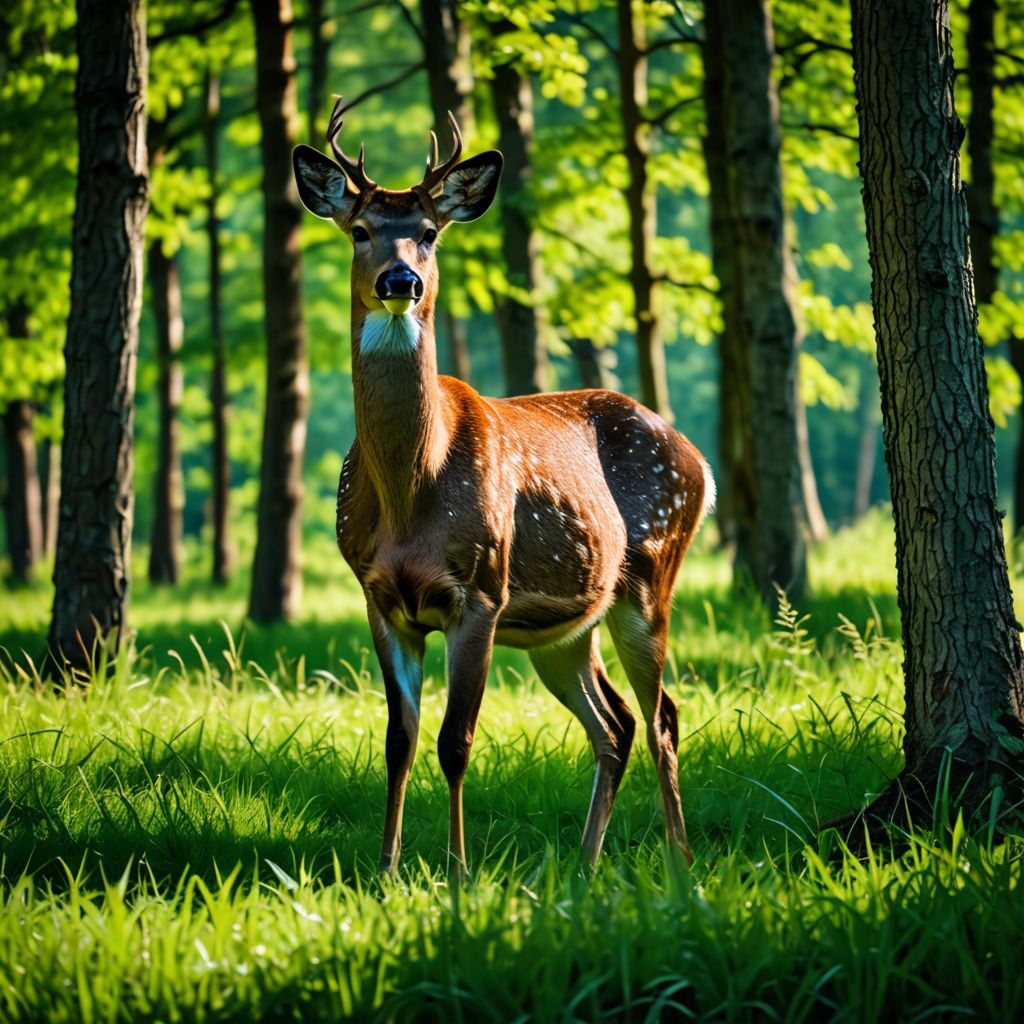
Table of Contents:
1. Introduction
2. Understanding Ticks: Nature’s Tiny Troublemaker
- 2.1 What Are Ticks?
- 2.2 Types of Ticks and Their Habitats
3. The Health Risks of Tick Bites
- 3.1 Common Tick-Borne Diseases
- 3.2 Recognizing Symptoms
4. Prevention is Key: How to Stay Tick-Free
- 4.1 Dress for Success
- 4.2 Repellent Products
- 4.3 Yard Maintenance and Tick Control
5. After Spending Time Outdoors: What to Do
- 5.1 Checks: How to Conduct Them
- 5.2 If You Find a Tick: The Removal Process
6. Control Measures for Your Winnipeg Yard
- 6.1 Professional Yard Maintenance Services vs. DIY
- 6.2 Importance of Soil Health and Mulch for your Winnipeg Landscape
7. The Role of Lawn Maintenance in Prevention
- 7.1 Weekly Grass Cutting and Beyond
- 7.2 Aeration and Organic Lawn Care
8. Community Awareness and Education
- 8.1 The Importance of Education in Prevention
- 8.2 Community Programs and Resources
9. Conclusion
10. References
1. Introduction:
Ticks may be small, but the health risks they pose can loom large over outdoor activities, casting a shadow on what are otherwise peaceful and enjoyable experiences in nature. Picture a perfect summer day: you’re outside, breathing in fresh air, enjoying picnics with family, or hiking scenic trails surrounded by vibrant greenery.

But lurking in those shadows are these tiny arachnids—seemingly innocuous blood sucking creatures that can turn a blissful outing into a frightening health scare. With an astonishing 30,000 confirmed cases of Lyme disease reported annually in the United States alone (CDC, 2021), understanding how to stay safe from these pests is crucial.

In this guide, we’ll explore what you need to know about ticks, including their habits, the diseases they carry, and effective strategies for minimizing your risk. Whether you're spending time at home or stepping out to enjoy a day at the park, you'll be armed with actionable insights. We won't just focus on preventive measures; we’ll also delve into practical tips for keeping your yard tick-free, utilizing local services like Winnipeg lawn care companies. By equipping yourself with knowledge, you can turn your outdoor adventures from a source of anxiety into opportunities for joy.
Worrying about ticks doesn’t have to detract from your quality outdoor time. The journey to becoming tick-safe begins with understanding these creatures, recognizing their habitats, and taking simple yet effective steps to safeguard yourself from potential bites. So let's dive in, taking proactive measures to ensure that your next summer adventure is as carefree and enjoyable as it deserves to be.
2. Understanding Ticks: Nature’s Tiny Troublemakers:
2.1 What Are Ticks?
Ticks are minuscule blood-feeding pests belonging to the arachnid family, which they share with spiders and mites. These creatures have specialized mouthparts that allow them to attach firmly to their hosts. Because they can't fly or jump, ticks rely on mixed vegetation, where they wait patiently for an unsuspecting animal—or human—to wander too close.
Once attached, using their saliva to prevent blood clotting, they can feed and engorge themselves on a host's blood for days, potentially transmitting various diseases in the process. Their lifecycle includes several stages: eggs, larvae, nymphs, and adults. This makes them incredibly persistent and widespread in many environments, particularly woodlands and tall grasses where they can easily grab onto passing hosts.

2.2 Types of Ticks and Their Habitats
In North America, the two major types of ticks that people encounter are the black-legged tick (Ixodes scapularis), commonly referred to as the deer tick, and the Western black-legged tick (Ixodes pacificus). These parasites often thrive in lush, grassy, and wooded areas. They typically latch onto deer and rodents but can just as readily attach themselves to pets or humans when given the opportunity.

The importance of lawn maintenance cannot be overstated when it comes to tick prevention. Utilizing local services from Winnipeg lawn care companies is one effective strategy to help reduce tick populations near your home. Keeping your yard tidy, maintaining shrubbery, and managing high grass can deter these pests from establishing a habitat in your immediate vicinity.
3. The Health Risks of Tick Bites:
3.1 Common Tick-Borne Diseases
Ticks are well-documented carriers of several diseases, the most notorious of which is Lyme disease. This condition can escalate if not treated promptly, impacting the joints, heart, and even the nervous system. Other common tick-borne illnesses include:
- Anaplasmosis: Presents symptoms like fever, headache, and malaise that can easily mimic seasonal illnesses like the flu.

- Babesiosis: This rare but serious illness can lead to severe anemia and organ complications.
- Rocky Mountain spotted fever: Symptoms may include high fever, rash, and decreased blood platelets, which could lead to serious complications if not addressed in a timely manner.
The increasing prevalence of tick-borne diseases highlights the urgency for educational outreach and preventive measures.
3.2 Recognizing Symptoms
Being aware of potential symptoms is instrumental in ensuring timely medical intervention. Lyme disease often begins with flu-like symptoms such as fatigue, chills, and fever, followed by characteristic rashes. If any of these arise soon after outdoor activities, it’s crucial to consult a healthcare professional promptly.

Prevention is Key: How to Stay Tick-Free:
Staying active outdoors should not mean inviting these bloodsucking pests into your life. Let’s explore practical precautions you can take to keep ticks at bay.
4.1 Dress for Success
The first line of defense against ticks is your choice of clothing. When venturing into grassy or wooded areas, wear long pants and long-sleeved shirts made from tightly woven fabrics to minimize skin exposure. Light colors can assist in spotting the dark-bodied ticks, allowing for easy removal before they attach.

4.2 Repellent Products
Using effective repellent products is a must. Sprays containing DEET, picardin, or permethrin should become staples in your outdoor toolkit. DEET is effective when applied directly to the skin, while permethrin works excellently for treating clothing and gear, creating an additional layer of protection.

4.3 Yard Maintenance and Tick Control
Maintaining your yard is a proactive strategy for reducing tick populations. Regularly scheduled lawn care services not only improve the appearance of your yard but also directly impact its vulnerability to pests. Consider doing the following:
- Mow regularly to keep grass short and manageable; this makes it less inviting for ticks.

- Clear away debris such as piles of leaves, tall grass, and overgrown bushes where ticks may thrive.
- Establish barrier zones by removing vegetation along pathways leading to wooded areas, creating an extra layer of safety.

5. After Spending Time Outdoors: What to Do
After your outdoor adventures, there are essential steps to take for ensuring you didn’t inadvertently bring home any unwelcome hitchhikers.
5.1 Checks: How to Conduct Them
Performing thorough checks post-outdoors is vital for effective prevention. Inspect your body and clothing carefully, starting from your neck and moving down to your feet. Don't forget to examine your pets as well; they may carry ticks into your home. Common hiding spots include behind the ears, underarms, the groin area, and between the toes.

5.2 If You Find a Tick: The Removal Process
If you discover a tick attached to your skin, don’t panic. Using fine-tipped tweezers, grasp the tick as close to the skin's surface as possible, pulling it straight out with steady pressure. Avoid twisting or jerking it, as this can separate the mouthparts from the tick itself, leaving them embedded in your skin. Clean the bite area thoroughly and keep an eye out for any changes in your health.
6. Control Measures for Your Yard:
6.1 Professional Services vs. DIY
When considering tick management, you might wonder whether to tackle it on your own or hire professionals. Engaging local lawn care businesses can offer an integrated approach, minimizing infestations through ongoing assessments. If you choose the DIY route, consistency will be key. Regularly check your yard and remove debris, and stay informed about effective removal techniques.
Ready to chat about your landscaping goals?

Reach out by call or text to: 204-229-9789 or click here to submit your information today to arrange a “no obligation” introductory phone call. We look forward to helping you transform your yard.
Tips on how to prepare for a consultation meeting with a landscape contractor
6.2 Importance of Soil Health and Mulch
Soil health is crucial in maintaining appearances and fostering a vibrant lawn. Healthy soil encourages robust grass growth that can better repel pests and improve environmental health. Applying mulch strategically around trees and garden beds can also maintain moisture while dissuading ticks from taking residence.
7. The Role of Lawn Maintenance in Prevention:
Transfor your Winnipeg yard with Expert Lawn Maintenance
7.1 Weekly Grass Cutting and Beyond
A well-maintained lawn is not just about curb appeal; it plays an essential role in pest prevention. Regularly scheduled mowing and trimming promote healthier grass and reduce tick habitats. Make it a priority to find suitable local services, searching, “Where can I find lawn care services near me?” This inquiry can lead to practical help with your yard maintenance.



